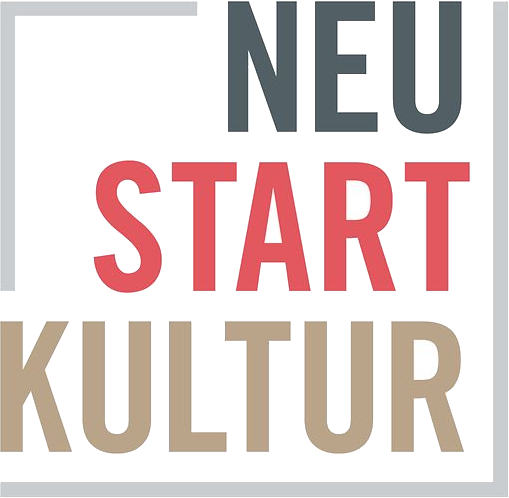Published in „Baltics Outside Baltics“ and „Photo / Video from Lithuania“: „Photo reportage from the exhibition 'Who art thou, my vessel?' by Visvaldas Morkevičius at The Galerie Elisabeth & Reinhard Hauff, Stuttgart“
02.02.2024 - 15.03.2024
Published on February 25, 2024
Echo Gone Wrong

The exhibition “Who art thou, my vessel?” by Visvaldas Morkevičius became open to the public on February 2nd at The Galerie Elisabeth & Reinhard Hauff in Stuttgart and will be on view until March 15th.
“The ship on which Theseus sailed with the youths and returned in safety, the thirty-oared galley, was preserved by the Athenians down to the time of Demetrius Phalereus. They took away the old timbers from time to time, and put new and sound ones in their places, so that the vessel became a standing illustration for the philosophers in the mooted question of growth, some declaring that it remained the same, others that it was not the same vessel.” — Plutarch, Life of Theseus 23.1
The photography of a young generation Lithuanian artist Visvaldas Morkevičius has been floating, rather than sailing, in a vast ocean of contemporary imagery for nearly a decade now. Some photographs, like the ones from earlier days – the youths – today seem coated with dregs of the times passed. Their truncated compositions, faded colours, and faceless protagonists stuck in sluggish limbos echoing events that once were. Others, from the artist’s more recent voyages, those new timbers, feel bolder, sharper, rougher, and soaked in thick liquids of obscurity.
By an unforeseen miracle, or perhaps a happy coincidence, these nomadic artworks drifted ashore in Stuttgart, at the threshold of The Galerie Elisabeth & Reinhard Hauff. The photographs presented in Morkevičius’ third solo exhibition in Germany come from four different series and can be seen as the young artist’s retrospective, his “life’s work” thus far. The show which in part can be imagined as an ever-growing vessel that carries the spirit into uncharted waters is also a mirror in which the artist observes his works as well as the fickle self that made them.
What one sees reflected is an old paradox, a reminder that the form is lifeless without the void that surrounds it. To buttress such a claim another ancient literary vessel, this time by Laozi, can be brought to the surface:
“Shape clay into a vessel; It is the space within that makes it useful.”
Morkevičius’ habit of showing by obscuring, underlying by fragmenting, and foreshadowing by erasing is deeply rooted in his visual language. One might catch glimpses of the fleeting nature of his photographic identity in the buzzing silence of a room with a chair garbed in a tracksuit jacket, in the corner of voluptuous half-parted lips seen through a metal fence of a concert hall, or in a headless female figure in a red dress holding a face of a scooped-up watermelon. It is often the case with his pictures which strike as youthful and rebellious at first, yet harbour a fair amount of melancholy, that the unseen is the driving force of the artwork.
In a state conjured by the lens, the negatives blend with the positives. How striking is the shadow, a thick black wedge, that cradles the rolling male body in Smala. Sculpture (2016), looking, as one focuses more intently on it, more like the lead than a supporting actor. Or that heavy gloom in Looking Forward to Meet Me #3 (2020) that fleshes out the silhouette of the female nude just by being in the room with her. Even a heartwarming domestic scene showing a white husky hugging a black labrador – your everyday yang and yin, the two independent yet inseparable – speaks of an existence that stems from relations, so vibrantly captured in these shots. In the end, Morkevičius’ photographs are still less about duality than about ceaseless change – a hallmark of a living body, a memorable work of art, and of life itself.
The photographs in front of you today like the hands that made them are growing vessels. They exist in the eye and the mind of their beholder. Never in the same eye, never in the same mind, these vessels will forever float, and maybe sail, to remain unknowable, mysterious, beautiful.
Text: Paulius Andriuškevičius.
Image: Visvaldas Morkevicius: „Smala. Sculpture“, 2016 ed. no. 3/5 + 2 AP, digital, black & white, pigment print on paper, 85,3 x 60 cm, unframed, photo: the artist, Courtesy: Galerie Elisabeth & Reinhard Hauff.


